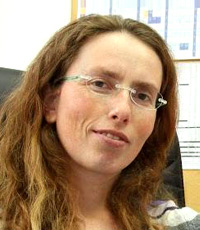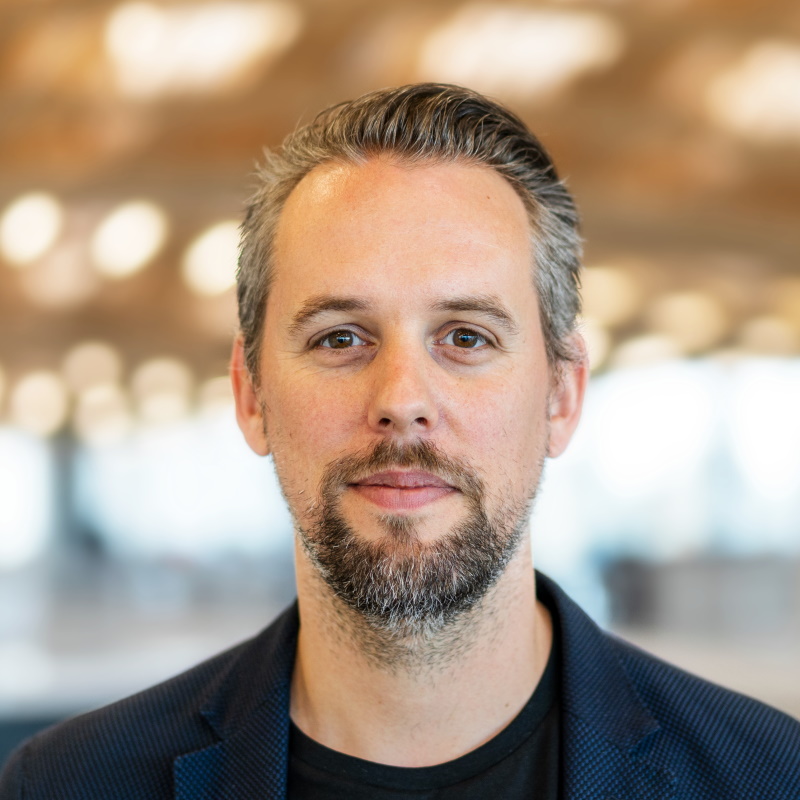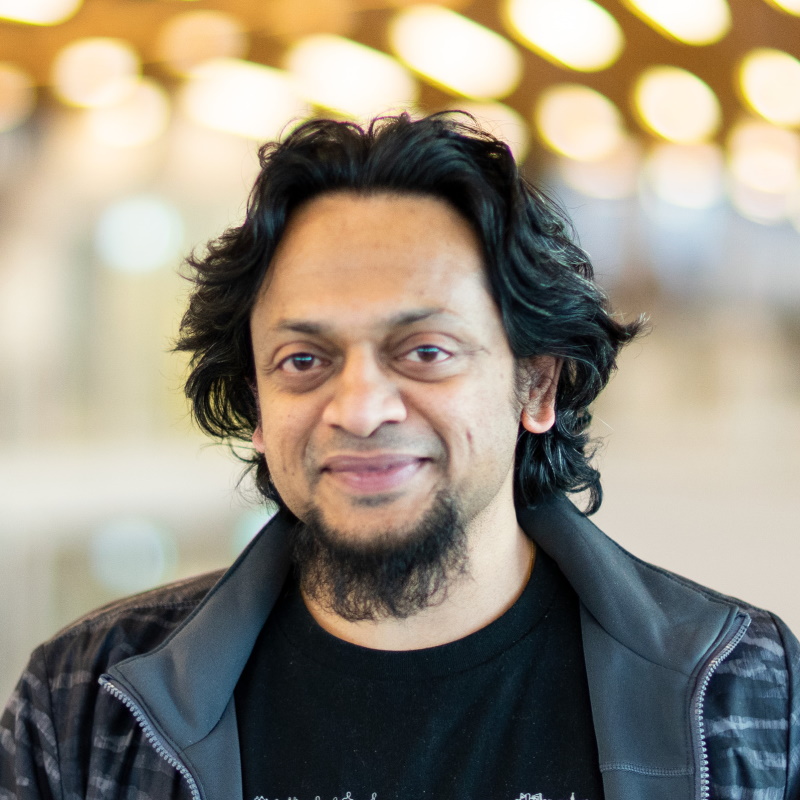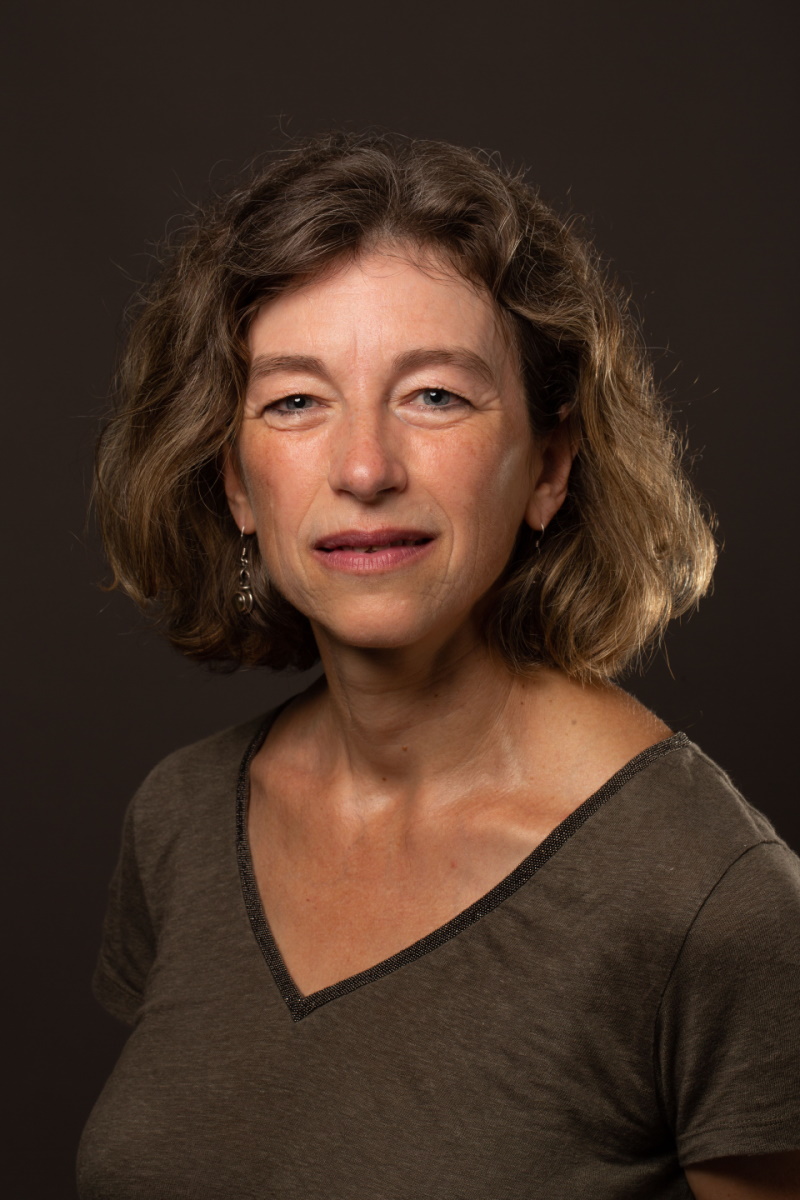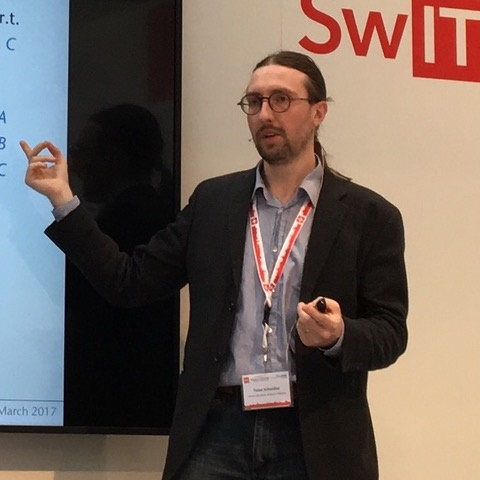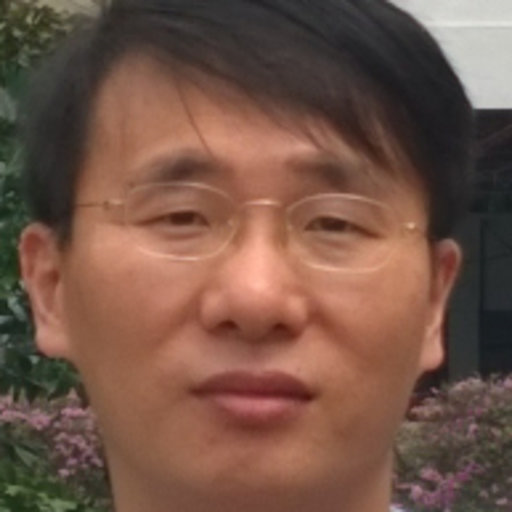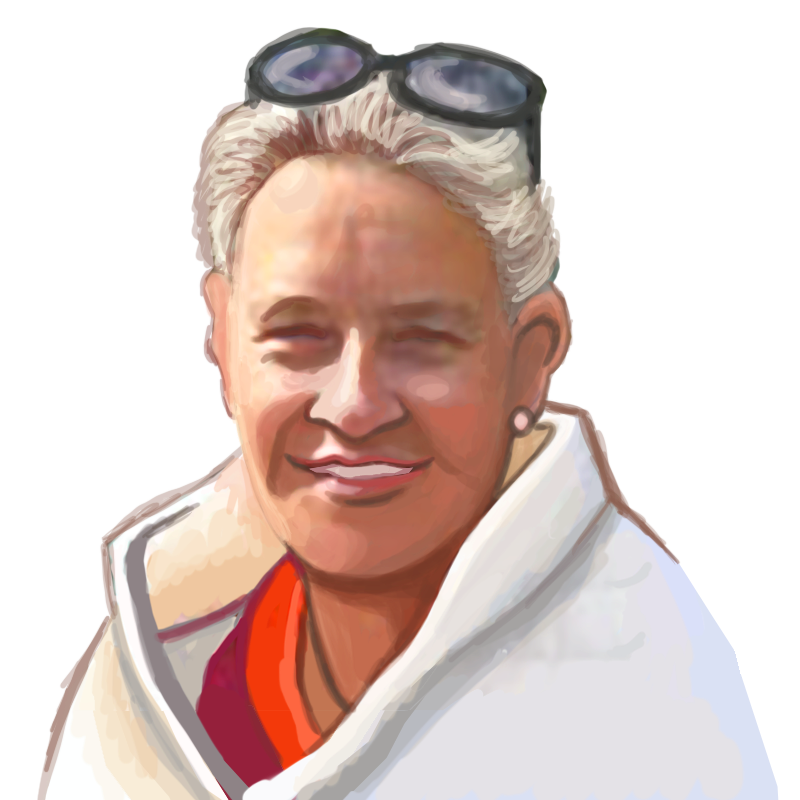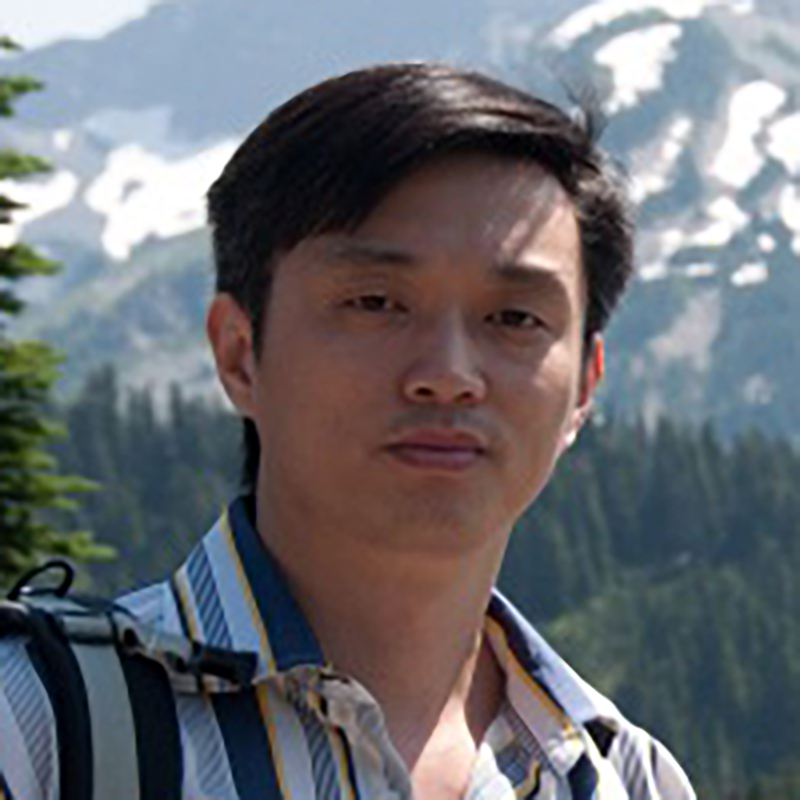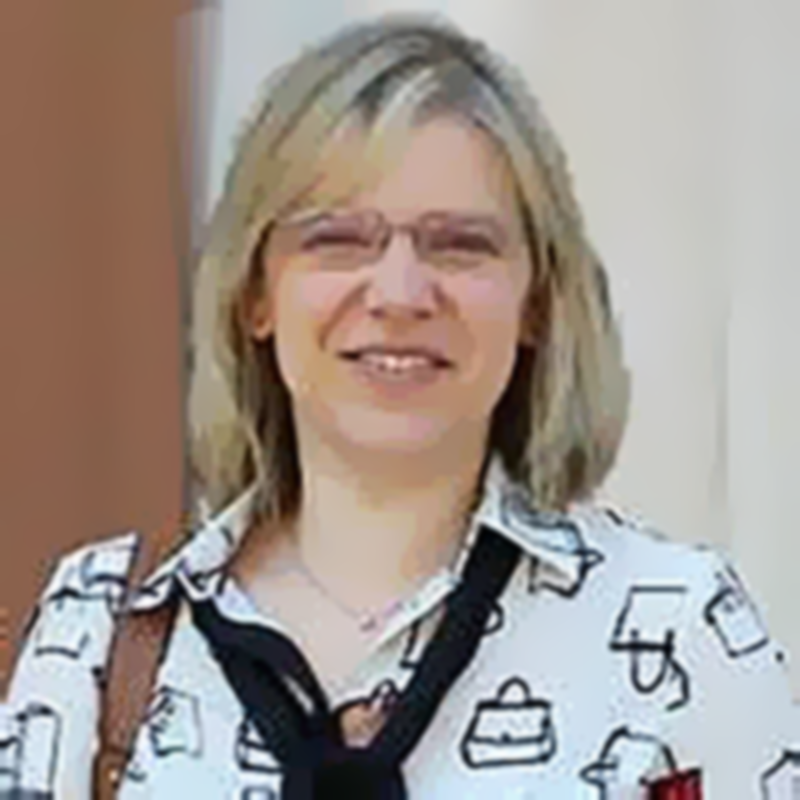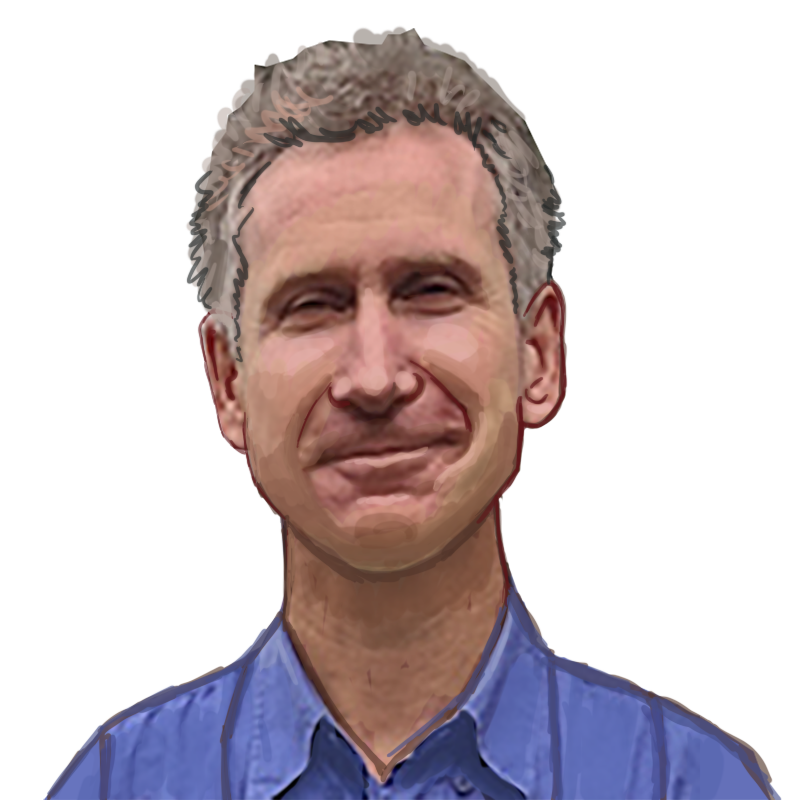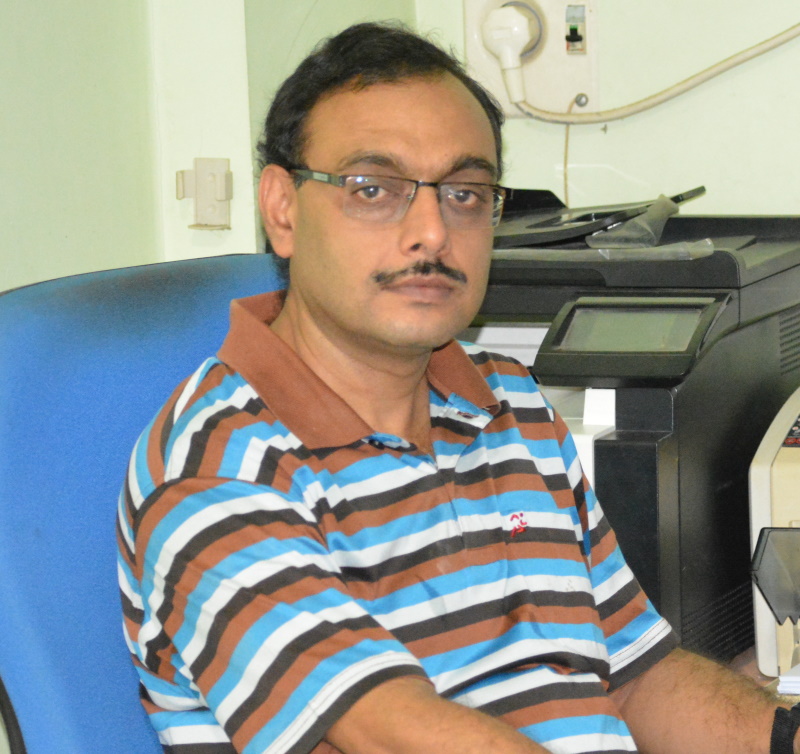Replicability Stamp
SMI participates in the
Replicability Stamp Initiative, an additional
recognition for authors who are willing to go one
step further, and in addition to publishing the paper, provide a
complete open-source implementation. The Graphics Replicability Stamp
Initiative (GRSI) is an independent group of volunteers who want to
help the community by enabling sharing of code and data as a community
resource for non-commercial use. The volunteers review the submitted
code and certify its replicability, awarding a replicability stamp,
which is an additional recognition for authors of accepted papers who
are willing to provide a complete implementation of their algorithm,
to replicate the results presented in their paper. The replicability
stamp is not meant to be a measure of the scientific quality of the
paper or of the usefulness of presented algorithms. Rather, it is
meant to be an endorsement of the replicability of the results
presented in it!
The paper and the recognition of the service provided to the community
by releasing the code. Submissions for the replicability stamp will be
considered only after the paper has been fully accepted. Submissions
that are awarded the replicability stamp will receive additional
exposure by being listed on this website. The purpose of this stamp is
to promote reproducibility of research results and to allow scientists
and practitioners to immediately benefit from state-of-the-art
research results, without spending months re-implementing the proposed
algorithms and trying to find the right parameter values. We also hope
that it will indirectly foster scientific progress, since it will
allow researchers to reliably compare with and to build upon existing
techniques, knowing that they are using exactly the same
implementation. This is an initiative supported by a growing list of
publishers, journals, and conferences.
The submission procedure is lightweight (click here to see requirements) and we encourage the authors of accepted papers to
participate by
filling the form that they received in the acceptance letter. The
papers with the replicability stamp will receive additional exposure
during SMI, and will be listed on the replicability stamp website.
The qualified papers will be decorated with the
 logo in the program.
logo in the program.
(logo design by Michela Mortara)






